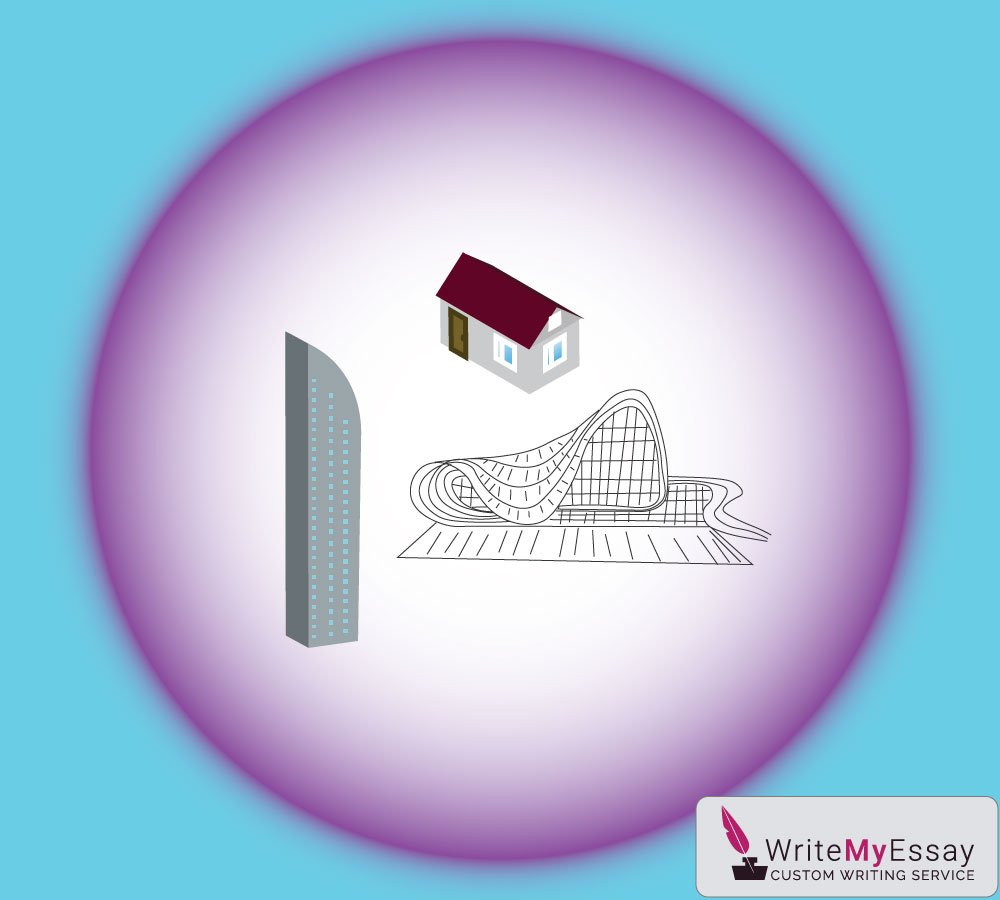How has the Industrial Revolution changed the way architecture was studied and viewed? essay sample

Before the Industrial Revolution, the range of materials available for construction was rather narrow. These were mostly man-made and natural materials like stone, timber, and concrete. Back then, only compressive strength could hold buildings up as there were no metal bulks yet. Even grand Gothic and Greek cathedrals all over the Europe were nothing but beautifully piled stones. Baroque, rococo, and neo-Palladianism were favorite styles before England started producing cast iron, steel, and glass.
The 18th century brought the revival to the original Greek and Roman styles in architecture. After the pompous atmosphere of baroque, people turned to more classic constructions. Greek impact was especially strong in the US during the 19th century. Exteriors of all important public buildings were usually decorated with white columns and pediments. In France, people were more impressed by Egyptian and Roman architecture that gave rise to the neoclassical style. Neoclassicism was not much praised in England though. The House of Parliament built in the 19th century became the work of Gothic Revival.
All buildings of the 19th century already contained new iron and steel constructions. However, the true children of the Industrial Revolution were bridges, railways, and channels. The Crystal Palace became the wonder people had never seen before. The building erected in London was a grand glass and metal construction designed by Joseph Paxton to house the Great Exhibition of 1851. The Eiffel Tower built for the exhibition in Paris was even more impressive monument to the Revolution. Heavily criticized for the excess of metal construction, the Tower truly introduced the new era in construction.
